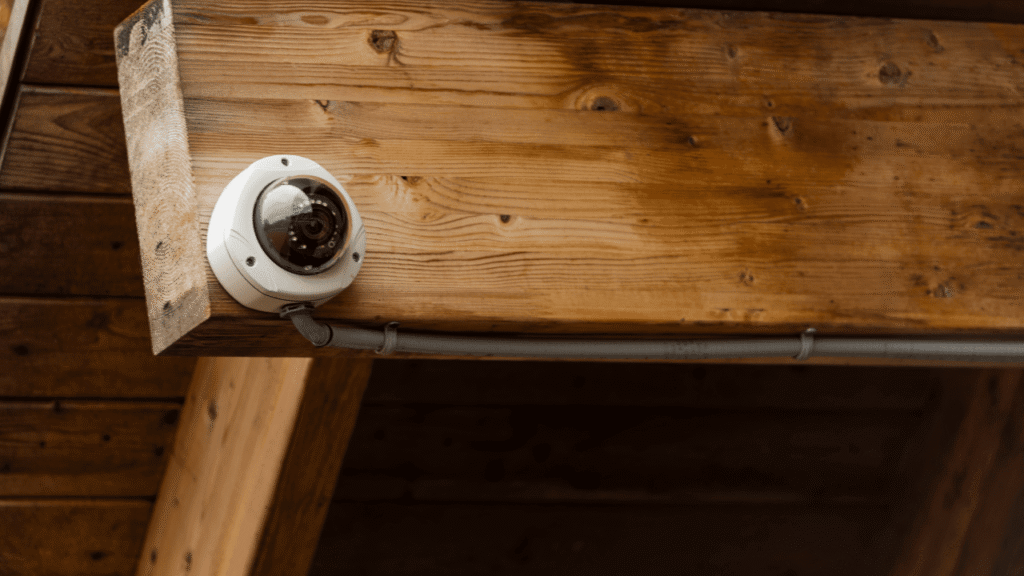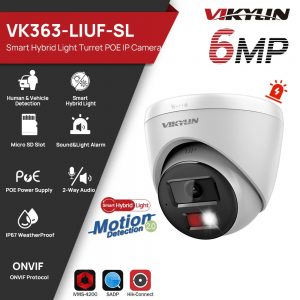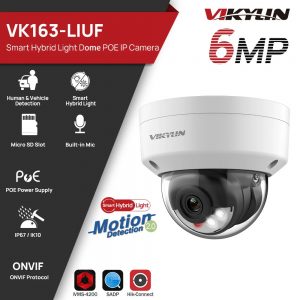When selecting a surveillance system, understanding the technical specifications is essential for making an informed decision. This article provides a detailed comparison between 1080p and Caméra de surveillance 4K Ultra HD, focusing on key parameters such as resolution, storage requirements, and cost considerations.
Resolution Specifications
4K Ultra HD surveillance cameras offer a resolution of 3840 x 2160 pixels, which is four times higher than the 1920 x 1080 pixels provided by 1080p cameras. This increased pixel density results in significantly sharper images, allowing for clearer identification of details such as license plates, facial features, and objects from greater distances. For applications requiring forensic analysis, 4K Ultra HD provides superior evidence quality.
Frame Rate and Motion Clarity
Both 1080p and 4K Ultra HD cameras typically support frame rates of 30 frames per second (FPS). However, the higher resolution of 4K Ultra HD ensures smoother motion capture, reducing motion blur in high-activity environments. This is particularly valuable in retail, traffic monitoring, and industrial settings where fast-moving objects are common.
Dynamic Range and Low-Light Performance
4K Ultra HD IP cameras often incorporate advanced sensors that support wider dynamic range (WDR) and better low-light performance. This results in clearer images in challenging lighting conditions, such as backlit scenes or nighttime environments. While some 1080p cameras offer similar features, the higher resolution of 4K Ultra HD ensures these enhancements are more impactful.
Storage and Bandwidth Requirements
A critical consideration for surveillance camera systems 4K is storage and bandwidth. A 4K Ultra HD IP camera generates approximately four times the data of a 1080p camera. For example, a 1080p camera recording 24/7 may require 500GB of storage per month, while a 4K Ultra HD camera could require up to 2TB under the same conditions. Network bandwidth must also be sufficient to support 4K streaming without latency.
Future-Proofing and Compatibility
The transition to 4K Ultra HD aligns with industry trends toward higher resolution standards. As analytics tools and AI integration become more prevalent, 4K Ultra HD IP cameras offer greater compatibility with emerging technologies. This future-proofing ensures your investment remains relevant for longer periods.
Conclusion
The choice between 1080p and 4K Ultra HD surveillance cameras depends on specific operational requirements, including coverage area, detail needs, and budget constraints. For applications demanding maximum clarity and scalability, 4K Ultra HD is the optimal solution.
To discuss pricing for VIKYLIN 4K Ultra HD IP cameras or to OEM custom surveillance camera system 4K, contact our sales team today.








